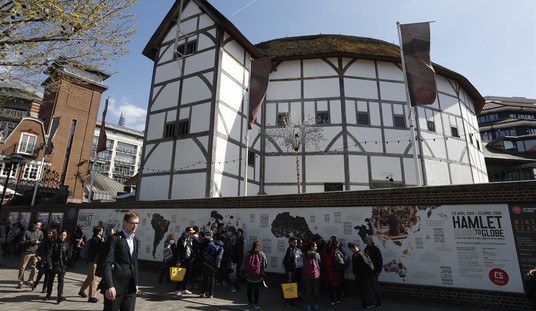Training camps turning out thousands of Islamic State fighters a month are not being targeted by the Pentagon because of the potential collateral damage.
Bill Gertz of the Washington Free Beacon reports that defense and intelligence officials question the Obama administration’s commitment to destroying ISIS. “If we know the location of these camps, and the president wants to destroy ISIS, why are the camps still functioning?” one official critical of the policy asked.
The camps are regarded by U.S. intelligence analysts as a key element in the terror group’s successes in holding and taking new territory. The main benefit of the training camps is that they are providing a continuous supply of new fighters.
An additional worry of intelligence analysts is that some of the foreign fighters being trained in the camps will eventually return to their home countries in Europe and North America to carry out terror attacks.
A White House spokesman declined to comment on the failure to bomb the terror camps and referred questions to the Pentagon.
Pentagon spokesman Maj. Roger M. Cabiness declined to say why no training camps have been bombed. “I am not going to be able to go into detail about our targeting process,” he said.
Cabiness said the U.S.-led coalition has “hit ISIL [an alternative abbreviation for the Islamic State] with more than 6,000 airstrikes.”
“The coalition has also taken out thousands of fighting positions, tanks, vehicles, bomb factories, and training camps,” he said. “We have also stuck their leadership, including most recently on Aug. 18 when a U.S. military airstrike removed Fadhil Ahmad al-Hayali, also known as Hajji Mutazz, the second in command of the terrorist group, from the battlefield.”
Efforts also are being taken to disrupt IS finances and “make it more difficult for the group to attract new foreign fighters,” Cabiness said in an email.
A Central Command spokesman also declined to provide details of what he said were “operational engagements” against IS training camps.
“Once a target is identified as performing a hostile act, or is part of an obvious hostile force, a training camp for example, we prosecute that target in accordance with the coalition rules of engagement and the law of armed conflict,” the spokesman said.
According to the defense and intelligence officials, one reason the training camps have been off limits is that political leaders in the White House and Pentagon fear hitting them will cause collateral damage. Some of the camps are located near civilian facilities and there are concerns that casualties will inspire more jihadists to join the group.
However, military officials have argued that unless the training camps are knocked out, IS will continue to gain ground and recruit and train more fighters for its operations.
What’s the difference in the number of fighters that will join ISIS if we bomb the camps or don’t bomb the camps? On the one hand, we might anger a few jihadists because we kill a few civilians. On the other hand, ISIS military campaigns meeting with success because we don’t bomb the camps attract large numbers of fighters as well. I would bet the difference is negligible, which leaves the desire to avoid civilian casualties as the number one reason we’re not bombing the camps.
In nearby Yemen, Saudi Arabia is killing civilians by the bushelful, as is the Syrian government and Iran through their proxy Hezb’allah. Modern war guarantees dead civilians. The question isn’t whether civilians die, it’s whether you deliberately target them that creates the moral dilemma.
I guess it depends whether you see the war against Islamic State as a battle to save western civilization or not. If you approach the conflict as trying to rid the world of a nuisance, you might hesitate to risk civilian casualties.
But if you think your future is at stake, it’s a no brainer.










Join the conversation as a VIP Member